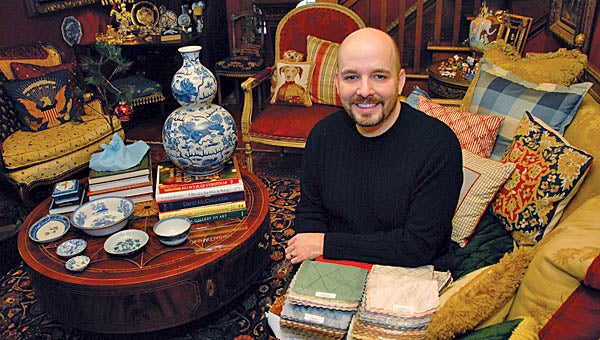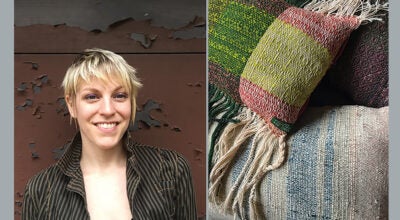Trend Setter
Published 11:47 am Thursday, July 28, 2011
Interior designer urges personal style
There may not be the question of how high a hem line should be when it comes to decorating a home. But that doesn’t mean there aren’t interior design fashionistas out there, dictating just what they think is the perfect room.
Trends. Trends. Trends. They’re everywhere. On specialty television networks. In newsstand décor magazines. At designer showrooms.
So how does a homeowner sift through the deluge of colors, fabrics and coverings and decide what’s both liveable, fresh and innovative.
Designer Tim Quade of Tim-Mar in Flatwoods, Ky., offers a game plan designed to update a room while keeping one’s sanity. First understand where all these design plans are coming from.
“The fabric companies and upholstery companies set the trends as far as color,” Quade said. “They say the interior color palette follows the runway color palette by a couple of years.”
That translates into what you’re seeing in Vogue today may be what you want on your walls in the next few years.
Right now, it’s a free-for-all colorwise, Quade says, since all colors are bounced around as designers’ choices.
“There is not a trendy color scheme, unless it is still chocolate brown and aqua,” he said. “That won’t seem to go away. It easily adjusts to contemporary and to traditional.”
And taking your cue from nature can’t steer you wrong.
“Green is nature’s neutral. Everything in nature works with green.”
Quade suggests the first step in making trends work for you is to get a hold of every design magazine possible. The more magazines homeowners have can mean they’re acting as fashion leaders, not followers.
“I advise clients to buy a stack of magazines,” Quade said. “Anything that appeals to them, rip it out. Bring in the pages and let’s look at them.”
Right now wall coverings in natural textures like grass cloth and string cloth are popular. String cloth with its simple lines and texture resembles silk.
“It makes a beautiful, soft, elegant room,” he said.
Padding under some fabrics used for wall coverings make a softer, warmer room.
“That is the extra bit of icing on the cake,” he said.
Window treatments no longer have to cover the opening now that there are drapery side hangs where a width of fabric on either end of a window substitutes for a full drape. A wooden blind or Roman shade can offer required privacy.
“Sometimes (the treatments) are not functional,” he said. “It is less expensive and not so bulky.”
Hardwood floors remain the standard along with porcelain and ceramic tile.
What’s important is to play up any architectural features.
“That will tell you what is the focal point,” he said. “In an understated room, you have to create the focal point.”
And the last piece of design advice Quade offers is to remain true to one’s own taste.
“It’s not to literally interpret what you see. Take color and adapt it to your scale and budget. I’ve never been into trends. Trends come and go very quickly.”






